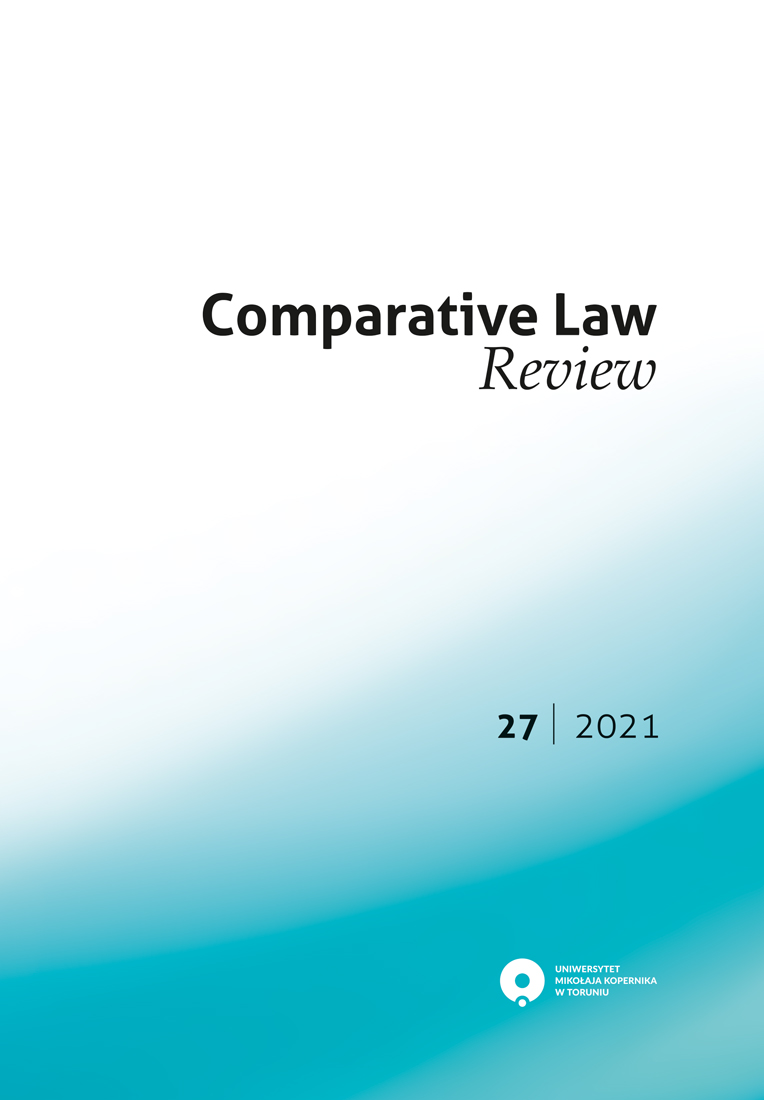Interwar and Contemporary Poland. A Comparison of the Protection of Minority Rights in the Second and in the Third Polish Republics
DOI:
https://doi.org/10.12775/CLR.2021.018Słowa kluczowe
protection , minorities , March Constitution , national legislation , international lawAbstrakt
This paper is devoted to the problem of the protection of minority rights in Poland in the interwar period in comparison with the contemporary situation. On the one hand, before the Second World War Poland was a very heterogeneous country, inhabited for generations by multiple and internally diverse religious, national, ethnic, or linguistic minorities. On the other hand, contemporary Poland is a country in which national and ethnic minorities constitute only a few percent of the population, and the proportion of such minorities in Poland compared to other European countries is one of the lowest in Europe. The duties of the Polish authorities towards national minorities were determined by internal legal acts: decrees of the Chief of State, and above all the March Constitution and national law, as well as many international legal acts, for instance such as the so-called Little Treaty of Versailles. The second part of the paper discusses the contemporary situation of the minorities in Poland, for instance the situation of the national and ethnic minorities and the situation of sexual minorities.
Pobrania
Opublikowane
Jak cytować
Numer
Dział
Licencja
Prawa autorskie (c) 2021 Katarzyna Witkowska-Chrzczonowicz

Utwór dostępny jest na licencji Creative Commons Uznanie autorstwa – Bez utworów zależnych 4.0 Międzynarodowe.
Statystyki
Liczba wyświetleń i pobrań: 2152
Liczba cytowań: 0



